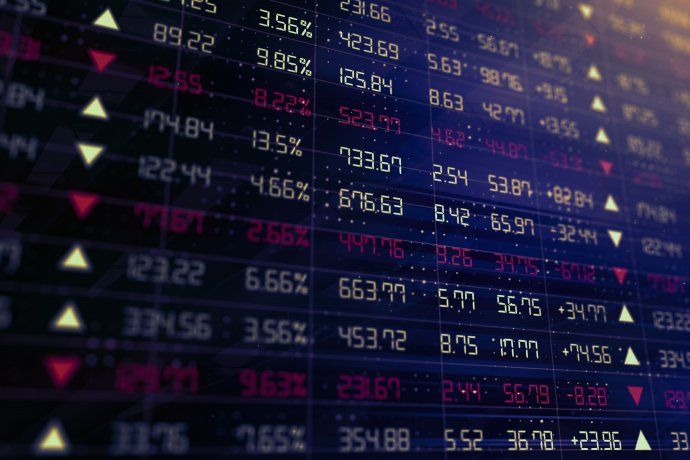Since the end of last October, the markets have experienced a surprising rebound that catapulted several of the world’s main stock indices to set all-time highs. It is the case of Wall Street S&P 500 surpassing levels of 5,000 points, the European Stoxx 600 which is close to 500 points and the same thing happens with the Japanese Nikkei flirting with 40,000 points.
The analysts of the Deutsche Bank They do not hesitate to highlight that this bullish cycle is unprecedented and already incredibly unusual by historical standards: the S&P 500 rose in 15 of the last 17 weeks, something that has only happened once in the last 50 years, back in 1989. While the technological index Nasdaq marked a bullish streak of 16 of 18 weeks with increases. The last time this happened was in 1971, shortly before the end of the Bretton Woods system, they remember. But what is behind this rally?
For the experts of the German bank there are five macroeconomic factors to blame for this rally.
First, they blame the enthusiasm for artificial intelligence (AI) and its potential to boost growth, which supported risk assets very strongly, as was evident after the publication of the results of the new star of the marketsNvidia.
In fact, the group of Magnificent Seven It’s already up nearly 14% so far this year, well above the 7% gain for the S&P 500 as a whole.
Nvidia-1.jpg
The second factor is the drop in inflation which raised hopes that central banks could begin cutting interest rates this year and, in turn, achieve a soft landing for the economy.
Thirdly, they blame other aspects of the inflation which highlight that aggregate measures of commodity prices are around their lowest level in two years, for example, European natural gas futures have fallen by more than half since October.
In fourth place they put the publication of key world data which has surprised on the upside despite the rapid and aggressive monetary tightening. For example, the unemployment rate in the US remains at 3.7% and in the eurozone it is 6.4%, historical lows.
Finally, in the last month there are indications that the increased transportation costs Due to the Red Sea crisis and the disruption of shipping, it began to decline.
markets-finance-shares-investments-live

Depositphotos
Now, you have to wonder how vulnerable this rally is. To have a brief idea of where the markets are, it is worth noting that according to the Bank of America (BofA) The S&P 500 is in the 95th percentile of valuation with respect to history. This means that only 5% of the time since the data was recorded, Wall Street’s global benchmark index was more expensive than today.
Despite the strong increases, experts warn against being excessively optimistic, since there are some risks that could have a negative impact.
First, they believe the current stock rally is too narrow based on historical standards. For example, in 2023, the S&P 500 is up 24.2%, while the equally weighted S&P 500 is up just 11.6%. That was the first time since 1998 that the S&P 500 outperformed its equally-weighted version by more than 10 percentage points.
On the other hand, the persistence of inflation and its moderation at a slower pace than expected could be a problem for markets as central banks will keep rates at restrictive levels for longer. In this regard, investors recalculated their expectations regarding rate cuts: at the beginning of the year they discounted 158 basis points of cuts from the Federal Reserve (Fed) and now they reduced it to 84.5 points. Without a doubt, an issue to which markets are still vulnerable.
Source: Ambito
I am a 24-year-old writer and journalist who has been working in the news industry for the past two years. I write primarily about market news, so if you’re looking for insights into what’s going on in the stock market or economic indicators, you’ve come to the right place. I also dabble in writing articles on lifestyle trends and pop culture news.




